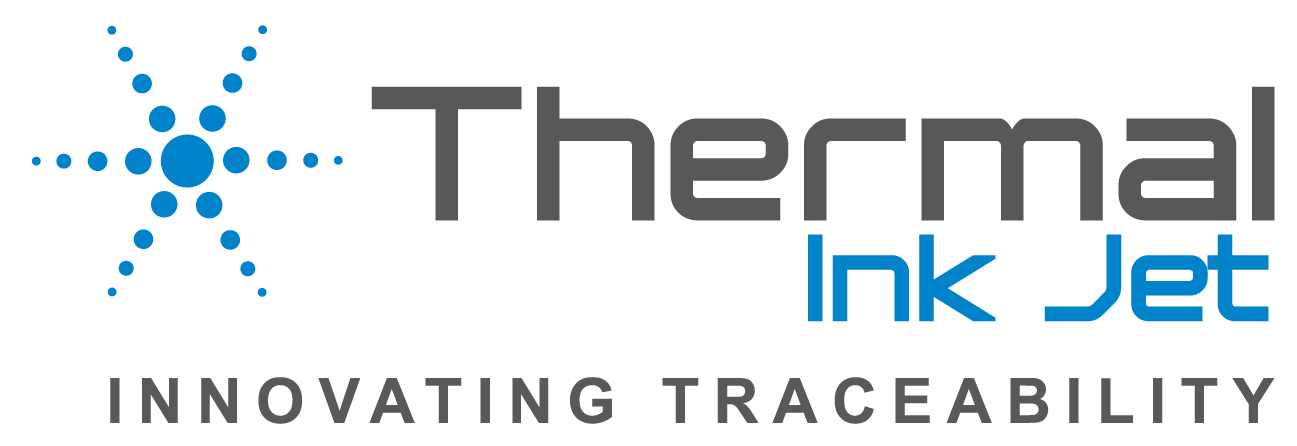Introduction
In today’s digital age, QR codes have emerged as powerful tools to bridge the gap between brands and consumers. These small, scannable squares provide instant access to information, boosting transparency, engagement, and trust. Whether used on product packaging, marketing materials, or in-store displays, QR codes offer a seamless way for brands to connect with their audience. This blog explores how QR codes are revolutionizing consumer engagement and fostering transparency.
What Are QR Codes and How Do They Work?
QR (Quick Response) codes are two-dimensional barcodes that can store a variety of data, from website URLs to product details. With just a smartphone camera or a dedicated scanning app, consumers can instantly access information embedded within the code. This simplicity and versatility make QR codes ideal for enhancing customer interaction.
The Role of QR Codes in Boosting Consumer Engagement
Transparent Product Information
Consumers increasingly demand transparency regarding the products they purchase. QR codes allow brands to provide:
- Ingredient details: Especially relevant for food, cosmetics, and pharmaceuticals.
- Origin and sourcing: Information about where and how a product was made.
- Certifications: Highlight sustainability credentials or quality standards.
Interactive Brand Experiences
QR codes can be used to create dynamic consumer interactions, such as:
- Exclusive content: Scanning a code could unlock video tutorials, usage guides, or behind-the-scenes stories.
- Promotions and discounts: Codes on packaging or advertisements can lead consumers to special offers.
- Feedback collection: Enable direct consumer feedback through quick surveys or reviews.
Enabling the Circular Economy
For brands focused on sustainability, QR codes provide clear instructions on recycling or return programs. This not only engages environmentally conscious consumers but also reinforces a brand’s commitment to eco-friendly practices.
 How QR Codes Improve Brand Transparency
How QR Codes Improve Brand Transparency
Building Trust Through Information Sharing
By providing traceability details—like where ingredients were sourced or the ethical standards followed—brands can foster trust. This is particularly crucial for industries like food, pharmaceuticals, and fashion.
Compliance with Regulations
In regions with stringent labeling requirements (such as the EU and the US), QR codes help brands comply by offering extensive product details without overcrowding packaging.
Real-Time Updates
Unlike printed labels, QR codes can be updated with the latest information, ensuring consumers always access current and accurate details.
 Case Studies: Brands Leveraging QR Codes
Case Studies: Brands Leveraging QR Codes
Food Industry:
A leading food brand uses QR codes to share nutritional facts, recipes, and sustainability practices with consumers, increasing transparency and loyalty.
Fashion Industry:
A sustainable clothing brand includes QR codes on labels, linking consumers to the garment’s production journey, from sourcing to final assembly.
Pharmaceuticals:
QR codes on medicine packaging provide dosage instructions, side effects, and safety guidelines, ensuring better consumer understanding and safety.
 Benefits of QR Codes for Consumers and Brands
Benefits of QR Codes for Consumers and Brands
For Consumers:
- Access to real-time, detailed product information.
- Enhanced shopping experience through interactive content.
- Confidence in making informed purchasing decisions.
For Brands:
- Strengthened customer trust and loyalty.
- Opportunities for direct consumer engagement.
- Improved compliance with transparency and traceability standards.
How to Effectively Use QR Codes
Design for Visibility: Ensure QR codes are easy to locate on packaging or materials.
Provide Value: Offer meaningful content or benefits when consumers scan the code.
Ensure Accessibility: Test codes on multiple devices to avoid scanning issues.
Track Engagement: Use analytics to monitor scanning data and refine strategies.
Conclusion
QR codes are more than just a technology; they are a tool for transforming how brands interact with consumers. By leveraging these codes, businesses can enhance transparency, foster trust, and create memorable consumer experiences. As industries continue to embrace digital transformation, QR codes will remain integral to driving engagement and loyalty in the modern marketplace.


